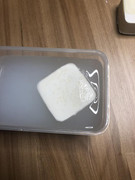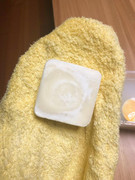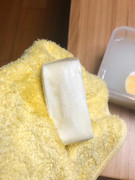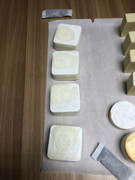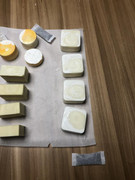Anstarx
Well-Known Member
I made a batch of soap over the weekend and was surprised when I unmolded them- large translucent spot everywhere!
I'm pretty sure I blended it all the way to a medium trace before I pour. I've never had separation for any batches I made before. Only thing I did different than usual is that I didn't put it in the fridge and just left it outside instead. It's quite hot these days so maybe it could be glycerin river? Although by the size of it it's more like glycerin lake.
If it's glycerin, I kinda dig the look.
The recipe I used:
CO 70% 350g
Palm 20% 100g
OO 10% 50g
Lye 85.1g
Water 190g
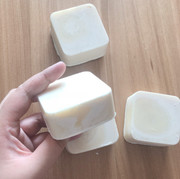
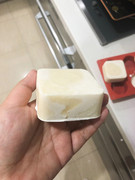
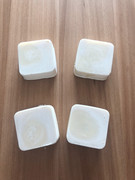
I'm pretty sure I blended it all the way to a medium trace before I pour. I've never had separation for any batches I made before. Only thing I did different than usual is that I didn't put it in the fridge and just left it outside instead. It's quite hot these days so maybe it could be glycerin river? Although by the size of it it's more like glycerin lake.
If it's glycerin, I kinda dig the look.
The recipe I used:
CO 70% 350g
Palm 20% 100g
OO 10% 50g
Lye 85.1g
Water 190g



Last edited:



















































